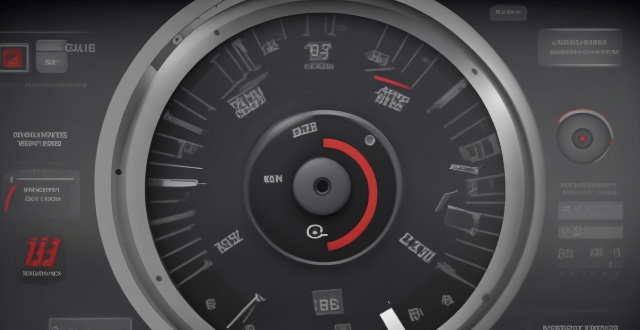Vector control is a method for controlling the speed and torque of electric motors, especially AC motors, in multi-motor drives. It works by decoupling the flux-producing and torque-producing components of the stator current, allowing for independent control of both. This results in improved dynamic response, precise speed regulation, energy efficiency, reduced mechanical stress, and adaptability to different motor types.

Vector Control in Multi-Motor Drives
Vector control is a method used to control the speed and torque of electric motors, particularly AC (alternating current) motors. In multi-motor drives, vector control is applied to each motor individually to achieve precise control over their performance. This concept is crucial for applications that require high dynamic response and accurate speed regulation, such as robotics, CNC machines, and electric vehicles.
How Does Vector Control Work?
Vector control is based on the principle of decoupling the flux-producing and torque-producing components of the stator current in an AC motor. By doing so, it allows for independent control of both components, resulting in better performance than traditional scalar control methods.
The process involves the following steps:
1. Measurement: The motor's currents and voltages are measured using sensors.
2. Transformation: The measured values are transformed from the time domain into the rotating reference frame of the motor's rotor using a mathematical transformation called Park's transformation.
3. Decoupling: The transformed values are then separated into two components: one responsible for producing flux (magnetizing current) and another responsible for producing torque (torque-producing current).
4. Control: The magnetizing current is kept constant to maintain a constant magnetic field, while the torque-producing current is controlled to regulate the motor's torque and speed.
5. Inverse Transformation: The controlled values are then transformed back into the time domain using the inverse of Park's transformation.
6. Modulation: The transformed signals are used to generate PWM (Pulse Width Modulation) signals that drive the power electronics switches, which supply power to the motor.
Advantages of Vector Control in Multi-Motor Drives
1. Improved Dynamic Response: Vector control enables faster response times compared to scalar control methods, making it suitable for applications requiring quick changes in speed or direction.
2. Precise Speed Regulation: By independently controlling the magnetizing and torque-producing currents, vector control provides more accurate speed regulation than other control techniques.
3. Energy Efficiency: Vector control optimizes the motor's efficiency by ensuring that only the required amount of energy is supplied to the motor, reducing energy consumption and heat generation.
4. Reduced Mechanical Stress: Since vector control minimizes current fluctuations, it reduces mechanical stress on the motor and its components, extending their lifespan.
5. Adaptability: Vector control can be applied to various types of AC motors, including induction motors and permanent magnet synchronous motors, making it versatile for different applications.
In conclusion, vector control is a powerful technique for controlling multi-motor drives, offering improved performance, energy efficiency, and adaptability to different motor types. By decoupling the flux-producing and torque-producing components of the stator current, vector control enables precise control over motor speed and torque, enhancing the overall system performance.